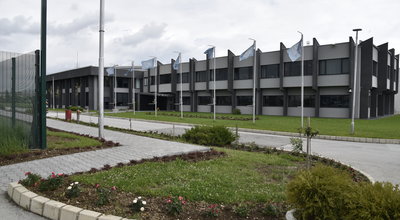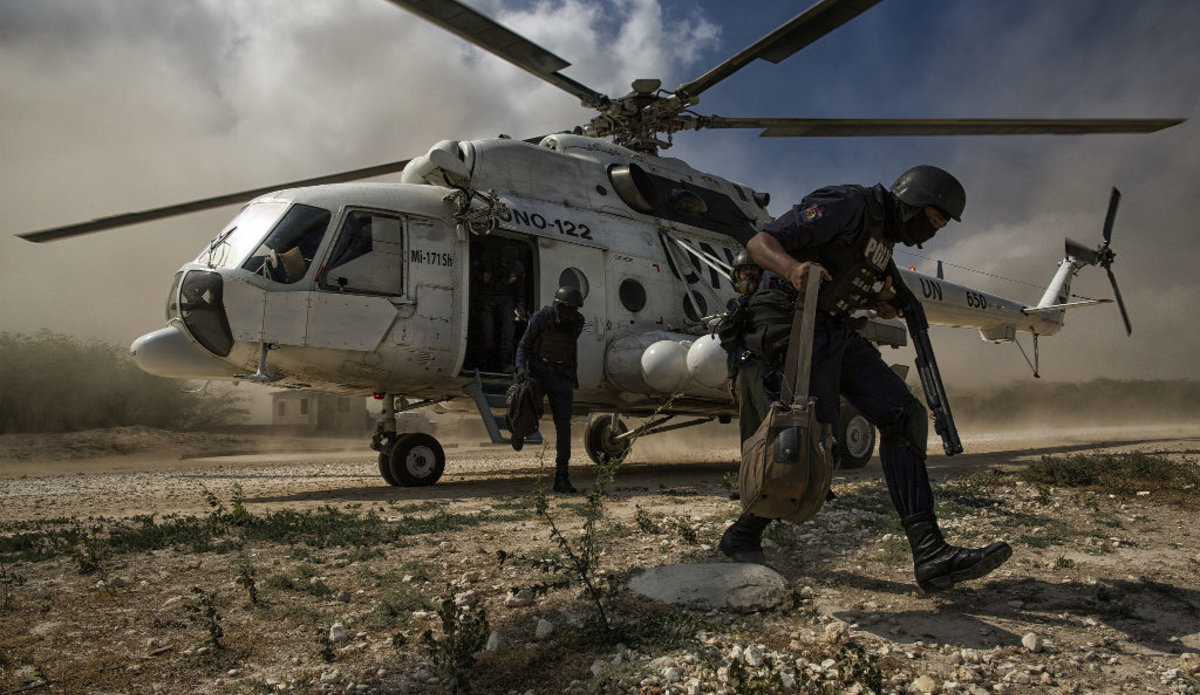Like the communities they serve, Kosovo’s Serbian language media are financially dependent, fragmented – and torn between rival political influences.
“We work in a time and a place where democracy and the right to hold a different opinion are still not fully accepted as a given, which makes a journalist’s work extremely difficult,” says Budimir Nicic, a popular TV anchor and the head of the Society of [Serbian] Journalists of Kosovo.
Nicic’s TV show, “Freely in Serbian” [“Slobodno srpski”] suffered cyber attacks four times in recent weeks, before and after he broadcast a show on which he hosted Dragisa Milovic, a close ally of the Kosovo Serb opposition politician Oliver Ivanovic, who was killed in January.
The perpetrators of the crime have not been brought to justice.
Ever since the October 2017 local elections in Kosovo, Ivanovic had been exposed to brutal smear campaigns in the Serbian language media in Kosovo.
Mostly, they were orchestrated through TV Most [Bridge], which the Serbian government finances directly as a public service in the Serb-dominated north of Kosovo.
Most is part of a network consisting of two television and two radio stations – Most, TV Puls, and Radio Mitrovica and Radio Gracanica.
TV Most has on October 17, 2017 broadcast a clip showing Ivanovic being secretly photographed meeting an officer from UN-led peacekeeping troops, KFOR, portraying him as a traitor to Serbian cause.
It accused him of negotiating the “takeover of North of Kosovo by [the Kosovo government in] Pristina.”
After Ivanovic’s assassination, his co-workers asked TV Most to divulge the source of this material, hoping that this information could lead to Ivanovic’s assassins.
The editor-in-chief of TV Most, Ljiljana Jankovic brushed aside the request to BIRN briefly.
“If and when we are contacted by the prosecution or any official institution regarding this case, we will be willing to cooperate,” Jankovic told BIRN, declining any further comment.
But Budimir Nicic says the case of Oliver Ivanovic, and the general situation of the media scene in Serb-dominated areas in Kosovo, show that the media are still dominated by the approach: “If you are not with us, you are against us.”
“Since its establishment … TV Most has just been a megaphone for any government in control in the north [of Kosovo]; no alternative voices have access to their programmes,” Nicic told BIRN.
Kosovo ranked in 82nd place out of 180 countries on the 2017 Reporters Without Borders freedom of press index list, moving up eight positions compared to 2016.
In addition to facing severe political and financial pressures, Kosovo media also ethnically divided, so journalists tend to be routinely labelled as promoters of either the Albanian or Serbian causes.
Most professionals and experts that BIRN talked to agree that Kosovo’s Serbian-language media – which include 25 local radio stations, six TV stations and one bimonthly newspaper – face the same problems as the communities they serve.
Financially dependent, isolated and fragmented, they are torn also between the rival political influences of Belgrade and Pristina.
TV station that most Serbs cannot see
This was about to change back in 2013, when the Kosovo government established RTK2, a Serbian-language channel of national broadcaster RTK.
Under the Constitution of Kosovo, the government was obliged to create an independent news channel in Serbian with its own frequency.
However, although RTK2 employs more journalists, editors and producers than any other Serbian media outlet in Kosovo, its programs cannot be seen in many parts of Kosovo where Serbs live.
This is because two national cable operators, IPKO and KUJTESA are not present in most Serbian municipalities.
RTK2’s signal can be received only in Gracanica near Pristina and Strpce in the very south of the country.
With some 40,000 people in both municipalities, RTK2 is reaching less than a third of the current Serbian population in Kosovo.
Meanwhile, Serbian journalists in Kosovo, as well as Freedom House’s 2016 report, say RTK2 is also heavily exposed to political influence, as well as facing internal problems.
Last January, after a series of accusations for embezzlement, the courts gave Zarko Joksimovic, a former director of RTK2, a six-month suspended jail sentence for abuse of office.
BIRN contacted RTK2’s current director, Srboljub Kuzic, asking about the current position of this media organization, but received no reply by the time of publication.
Without its own frequency and a ground signal, RTK2 remains dependent on the decisions of RTK Board and on cable TV providers.
These also misuse their positions. Last week, the signal of VGN cable operator from Mitrovica in the north “broke down” just as another TV station, RTV KIM, was about to start a program featuring opposition leaders.
Similar “problems” with the cable signal occurred in October 2017 when local TV MIR from Leposavic broadcast a show introducing opposition candidates for the post of mayor ahead of the local elections.
“Political and financial pressures and lack of security are the long-term general challenge and limitation to journalists’ work in Kosovo,” Goran Avramovic, the head of KIM Radio, told BIRN.
“If as journalists we give up on our stories because of fear, it means we are giving up on struggle for truth … We have reported so many tough truths so far, and some of us intend to do so in the future, “Avramovic told BIRN.
In his opinion, the lives of Serbs in Kosovo often consist of many improvisations, and for journalists also there is a constant struggle for stories and for professional standards.
“During just one working day, you often have to be at the same time a journalist, a project manager, an editor, speaker, organizer, and what not,” he said.
“Our biggest problem is the lack of skilled, willing professionals able to cope with the pressure… many give up and leave Kosovo,” he added.
With a dire financial situation and the lack of a prosperous media market, Serbian media in Kosovo are forced to search for solutions in the form of projects financed by international organizations.
In February, Serbia’s Ministry Culture allocated a little over 75,000 Euros (9 million dinars) for the Serbian media in Kosovo.
But in Avramovic’s opinion, Belgrade has no concrete strategy regarding the Serbian media in Kosovo, either
“The funds [which Serbia] provided to media houses [in Kosovo] do not match their importance, or the audiences they have,” he said.
“Local governments also perceive journalists and the media as a service to promote and praise them,” he said.
“They have even stopped inviting journalists to their events and so taken away our basic source for work – asking questions in the public interest,” he concluded
Journalists’ solidarity in the face of pressures:
Despite Kosovo’s ethnic divisions, Budimir Nicic says cooperation between Albanian and Serbian journalist associations in Kosovo is good.
“We feel no divisions, and I would say there is a strong notion of solidarity between the Albanian and Serbian colleagues,” he said.
He noted that the two organizations have implemented several joint initiatives, including public protests in Pristina in defence of professional standards and support for colleagues receiving death threats.
“In 2017, we had some 30 attacks on both Albanian and Serbian journalists in Kosovo and only few ended up in court,” Nicic recalled.
“There are even cases where, despite video footage showing the attackers, prosecution still do not press charges against them.”
According to Kosovo Criminal Law an attack on a journalist is not considered anything different from a classical violent attack. He wans to alter this.
“This is something that has to change, and this will be one of first initiatives we plan to initiate with Association of Journalists of Kosovo,” he said.












